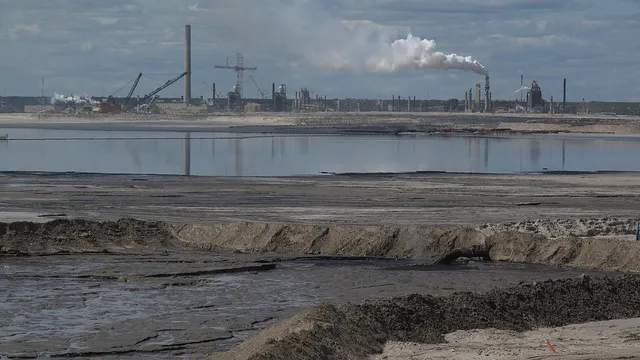Earlier this month the Cumulative Effects Management Association, one of two key multi-stakeholder organizations in northern Alberta, indicated that it is facing funding challenges and at risk of closing down for good… again. The oilsands industry and government argue that other organizations, such as the industry-led Canadian Oil Sands Innovation Alliance or the multi-stakeholder Wood Buffalo Environmental Association, are able to fill the role CEMA has served.
Unfortunately that’s not the case: that view demonstrates a misconception of the role CEMA plays. Whereas CEMA’s research focuses on management approaches for environmental issues, COSIA’s mandate is to develop new environmental control technology for oilsands operators. Meanwhile, WBEA is responsible for the development and operation of on-the-ground air monitoring systems. Each organization serves a unique role, and they’re not interchangeable.
As CEMA considers closing its doors, much to the dismay of First Nations and Métis communities impacted by oilsands and other development, it’s worth reflecting on what makes these processes a useful and effective way to resolve issues.
Why convene opposing parties?
Multi-stakeholder engagements have been initiated by Alberta in response to the complexity of the issues being faced in the province, and in recognition that the government needs a different approach when it comes to making decisions about the public interest. Convening all stakeholders is a way to help all of them better understand the issues and each other’s positions. It can generate a dialogue that goes beyond stating opposing positions to actually discussing interests, allowing decision makers to hear all viewpoints and understand the competing interests involved.
Convening in this way is also more transparent and accessible. The process creates credibility for its eventual outcome, since the process itself builds shared understanding of an issue. It also creates space to negotiate solutions based on the interests underlying each stakeholder’s position. And it can show that representatives from all groups were included, engaged and involved in forming the final result.
Don’t undermine the process
Unfortunately the effectiveness of some multi-stakeholder engagements in Alberta has been limited. However, those results should not be used to diminish the importance of multi-stakeholder processes.
Many of these bodies worked diligently towards their mandates, but had their ultimate effectiveness dictated by factors outside of their control. Since the government is the final decision maker, when they aren’t committed to the stakeholder process and allow for isolated lobbying, the final policy will ultimately benefit one party over another. The result is often a skewed policy that doesn’t reflect the recommendations of the multi-stakeholder process. In situations where a policy doesn’t reflect the advice provided by all interested parties, it shouldn’t be surprising that the end result fails to secure broad support.
How does it help?
The benefits of multi-stakeholder processes come from including a wide variety of viewpoints. That results in decisions that reflect all of those viewpoints, and a process where participants become champions for the final decisions.
This reduces the likelihood of contested decisions, slow final decisions, policy uncertainty and other delays — all of which drive up costs for industry. It may appear simpler to make a decision and move forward without adopting a meaningful multi-stakeholder process. That’s a false economy: the time and effort invested up-front in a multi-stakeholder environment are repaid many times over when the final policy from an engaged and inclusive process is enacted.
Pembina recently conducted a comparative analysis of how odour concerns are being addressed in two northern Alberta communities: Peace River and Fort McKay. The difference between the processes is substantial, and it has much to do with the participatory approach taken in Fort McKay.
Disbanding leaves a gap
Oilsands environmental management is a contentious issue both internationally and locally. Alberta needs a venue where stakeholders can raise and address cumulative environmental effects, while also communally developing potential solutions. In the absence of other venues for Aboriginal communities and local stakeholders to address these issues, CEMA remains an important body with a mandate that isn’t being met by others.








